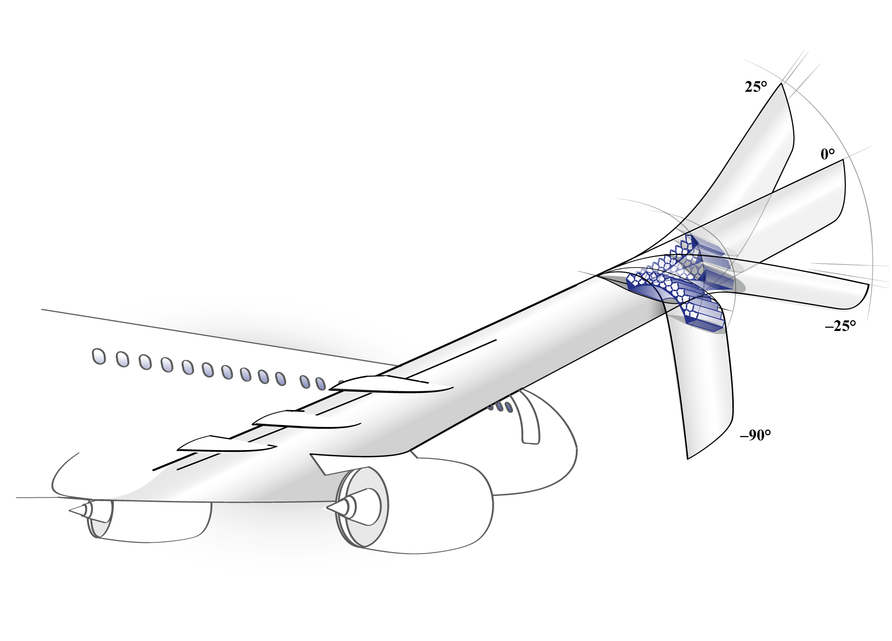Folding wingtip technologies are in the focus of research for their potential to significantly reduce the induced drag of transport aircraft by increasing the wing's aspect ratio in flight. While state of the art commercial aircraft, such as the Boeing 777X, are equipped with on-ground folding wingtips, manufacturers further develop in-flight folding wingtip technology by adding aeroelastic hinges for load alleviation such as in Airbus' AlbatrossONE project. This paper systematically analyses wingtip functionalities, including wingtip folding, load alleviation, mission adaptability and roll control, collects them in a requirement list and derives design features from this list. The authors develop the identified features into a design for actuated adaptive wingtips based on pressure-actuated cellular structures, allowing in-flight morphing of the wingtips while withstanding significant aerodynamic loading. This study characterises the actuator's maximum deformation and load-bearing capacity within the entire operating envelope, restricted by structural stresses. In contrast to existing folding wingtip technologies, actuated adaptive wingtips can be actively controlled in flight and simultaneously show significant stiffness adaptivity. The actuator's stiffness profile identified in this paper and provided in mathematical equations forms the basis for the actuator's aeroelastic characterisation. The stiffness profile can further be used to investigate the actuator's capability of roll control, load alleviation and mission adaptability.
The full text pdf can be accessed via this link: https://authors.elsevier.com/a/1fPgl4W%7EzJ8WU0
P. Meyer, H. Traub, C. Hühne
Actuated adaptive wingtips on transport aircraft: Requirements and preliminary design using pressure-actuated cellular structures
Aerospace Science and Technology 128, 107735 (2022) [Link]

